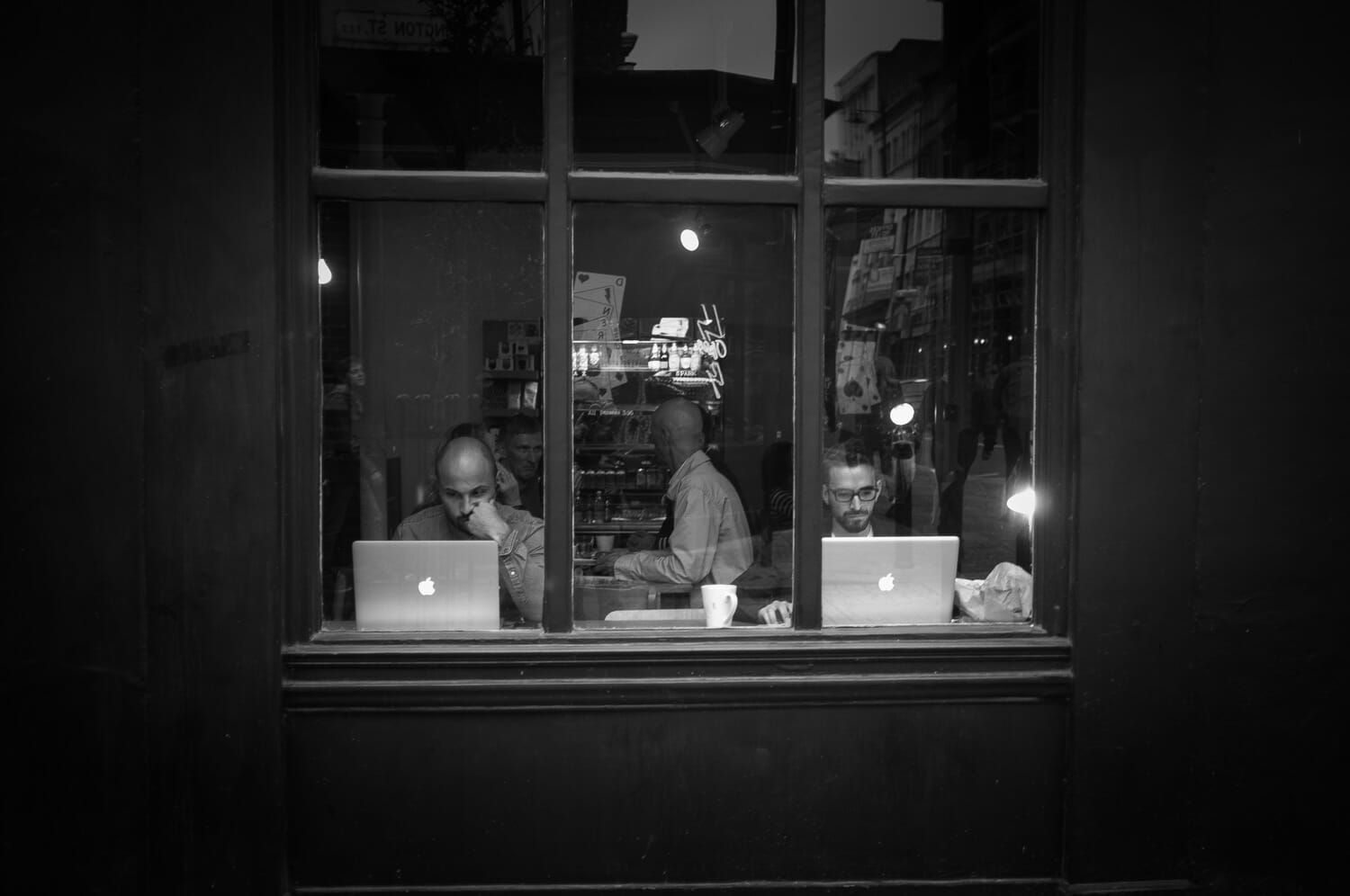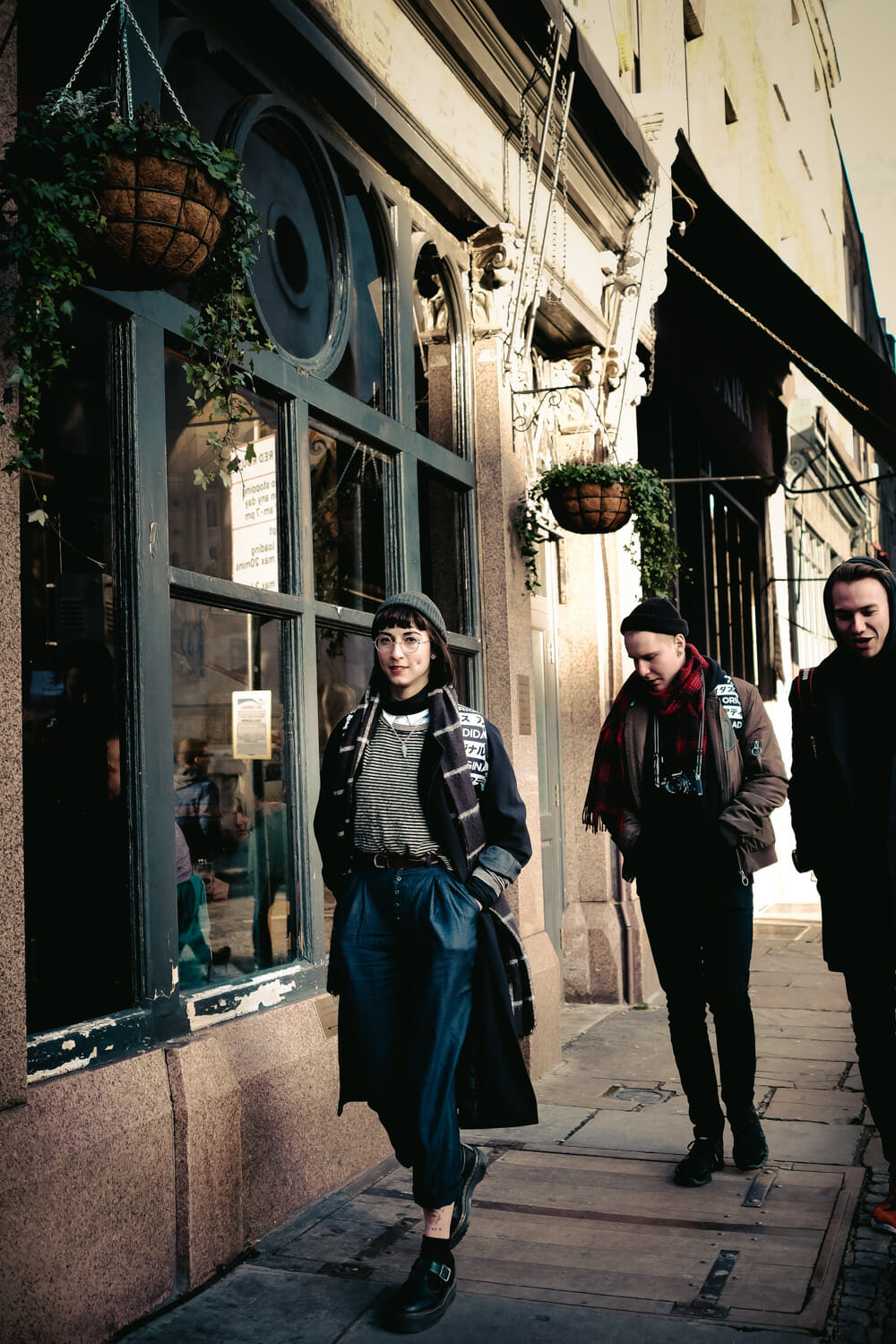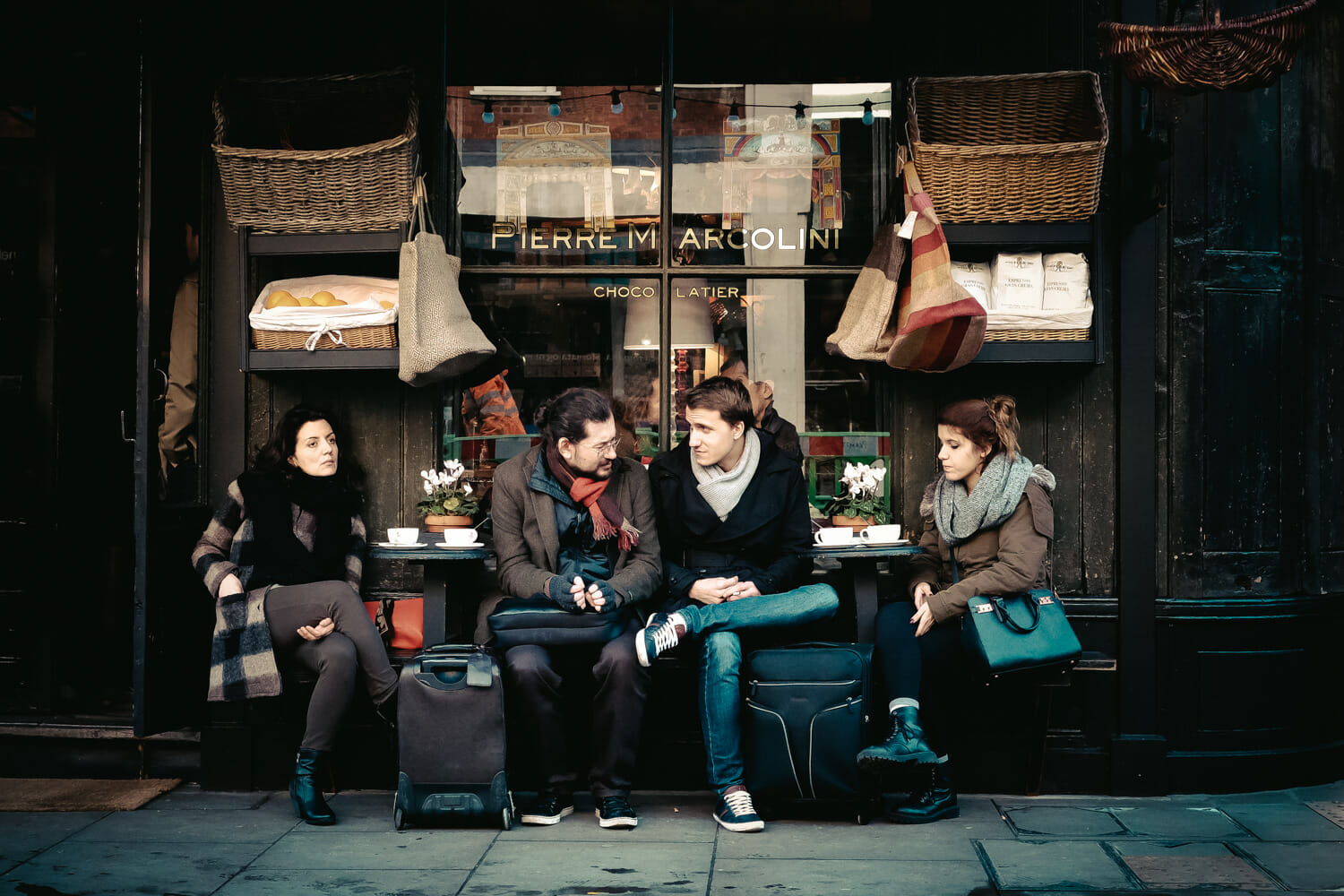This article is a guide to help you choose the best Fuji X series model for street photography.
Let’s start at the beginning with a bit of background. I am a professional wedding photographer whose work brings in the money that feeds my family, but it’s my passion for street photography that feeds my soul. (However I do now supplement my income by teaching street photography workshops).
I have been practicing street photography since before I even realized that the pictures I were taking had a name! In that time, I have always sought to find the perfect street camera, and subsequently owned and tried every conceivable brand that includes Canon, Nikon through to the infamous Leica.To give you some further detail, these cameras included the Nikon V1 (truly underrated camera, only the small 1” sensor let it down), Leica M6 and M8 (great street cameras if like zone focusing, but for me rangefinder focusing was too slow). Leica X2 (great quality, but its AF speed was too slow and the external EVF should have been built in!). Before that, I used one of the original Canon G series compacts: this was ok but its optical viewfinder was no better than looking through a keyhole and on the latest version they have removed it altogether!
In my experience, it’s the Fuji X range that has finally nailed it for me. You could say that the Olympus OM range also fits the bill, the E-M1 for example. For many they do, but not for me as it’s micro four thirds sensor is smaller that the Fuji’s (see below) and after all, this article has been written for the FujiLove website!
Street photography is, by its very nature and definition, candid, unplanned moments that happen in an instant and are then gone. To be able to capture these types of moments requires, in my opinion, a camera that ideally exhibits the following qualities:
Fast autofocus – so as not to miss that fleeting moment. Yes, I know you can zone focus, but if you want to exploit the gorgeous bokeh (background blur) that you get with the 23mm, 35mm and 56mm lenses when shot wide open. Then you will need to use auto focus or at least manual focus.
Inconspicuous looks and size – so the subject whilst taking the photo does not notice you. No call here for the usual DSLRs with their bulky bodies and large zoom lenses.
Eye-level viewfinder – personally, I always find it aids composition if I’m looking through a viewfinder. The X100 and the X-Pro1 have the added advantage of being able to switch from optical (so resembling the illustrious Leicas) to EVF viewfinders.
Tilting LCD screen – as above, now you can do your best Vivian Maier impression and use your camera like a Rollieflex! This has the advantage that it just appears you are fiddling with the camera whilst all the time you are actually taking photos, therefore making candid photos in the street much easier to capture.
High ISO quality – the Fuji sensor is great at ISO speeds as high as 3200 and even 6400 can produce acceptable results. Unbelievably low noise. Great for low light or night shooting (remember, that unless you are looking to emulate Bruce Gilden, you don’t want to be drawing attention to yourself by using a flash).
Easily accessible setting adjustment – the perfect street camera should be an extension of yourself. So being able to glance down and see what shutter speed, aperture and even ISO on the X-T1, without delving into menus and missing that decisive moment, are essential.
Good-sized sensor – what’s the good of taking that once in a lifetime photo if the quality of the print, when blown up to exhibition size, is poor? Fuji’s APS-C 16 mega pixel sensor can cope with super size enlargements.
35mm or thereabouts equivalent lens – the 35mm lens has long been the preferred focal length for street photography, although some prefer 28mm or 50mm. Of course, if you go for or own any of the interchangeable lens bodies, you could own all three!
Can you see a picture building here? The Fujis tick a number of these boxes and, in one case, all of them.
If we look at the X-range, the X-M1 has most of the above apart from the eye-level viewfinder. The X-E1 and X-E2, and indeed, the X-Pro1 have all the above apart from the tilting rear screen. The X100 series in particular are superb street cameras, again lacking only the tilting rear screen that otherwise, in my opinion, would have been the clear winner here. (Hint to Fuji for this model’s next incarnation?). As far as speed and accuracy of autofocus is concerned, the X100T, X-E2 and the X-T1 are the fastest, all being the most recent offerings from Fuji.
However, don’t dismiss buying an older model, particularly the X100S, which can now be picked up at much lower cost than the X100T on eBay etc. Fuji is, I would say, unique in offering its customers amazing firmware updates that have, amongst other things, improved the AF on older models in their line-up. However for the time being, it’s the X-T1 that wins my accolade as best accomplished Fuji street camera. When coupled with the underrated 27mm (41mm equivalent) pancake lens, which is both light, very compact and super sharp, you have the perfect combination to set you off for hours of fun on the street. Indeed with this lens, it’s only slightly larger than the X100T!
Many of you may disagree with me and prefer the X100T and that’s fine. The X100T in many ways is the better all-round street camera, but for me I do find the tilting LCD really useful, so until Fuji adds that to the X100 series, I’ll stick to the X-T1.

























